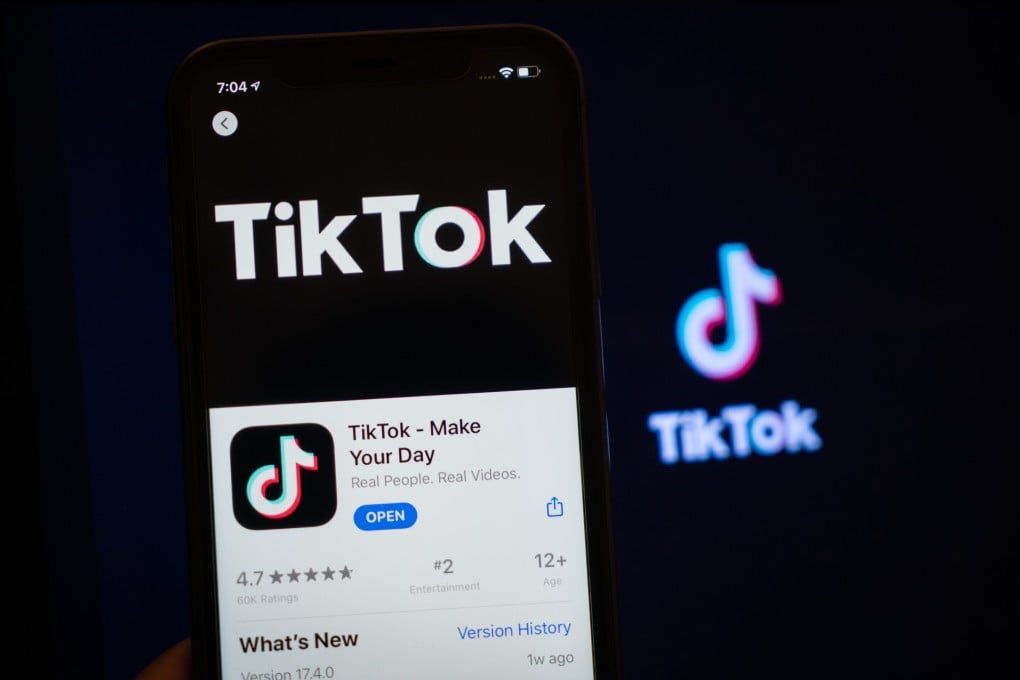Why the secret AI sauce behind TikTok is such a vital ingredient in luring potential buyers
- ByteDance has long been a proponent of content recommendation systems, and uses it on other products, such as the popular news aggregator Jinri Toutiao

When ByteDance rebranded the US teen karaoke app Musical.ly it acquired as TikTok in 2018, it was just another short video app for American teens.
Today it is the most downloaded app in the world, proving so popular that it has become a flashpoint in the escalating US-China tech war, which was previously focused on heavy-duty areas such as chips and 5G networks.
Among the newly-added export restrictions – the first time China has updated such rules in over a decade – are “personalised information push technologies based on data analysis” and “artificial intelligence interactive interfaces”.
Both of these tools are used to build ByteDance’s powerful recommendation system, which feeds curated content to users based on their interests and activity. While Musical.ly may have given ByteDance a foothold in the US market, it was the secret sauce – its algorithm – that allowed it to build momentum.